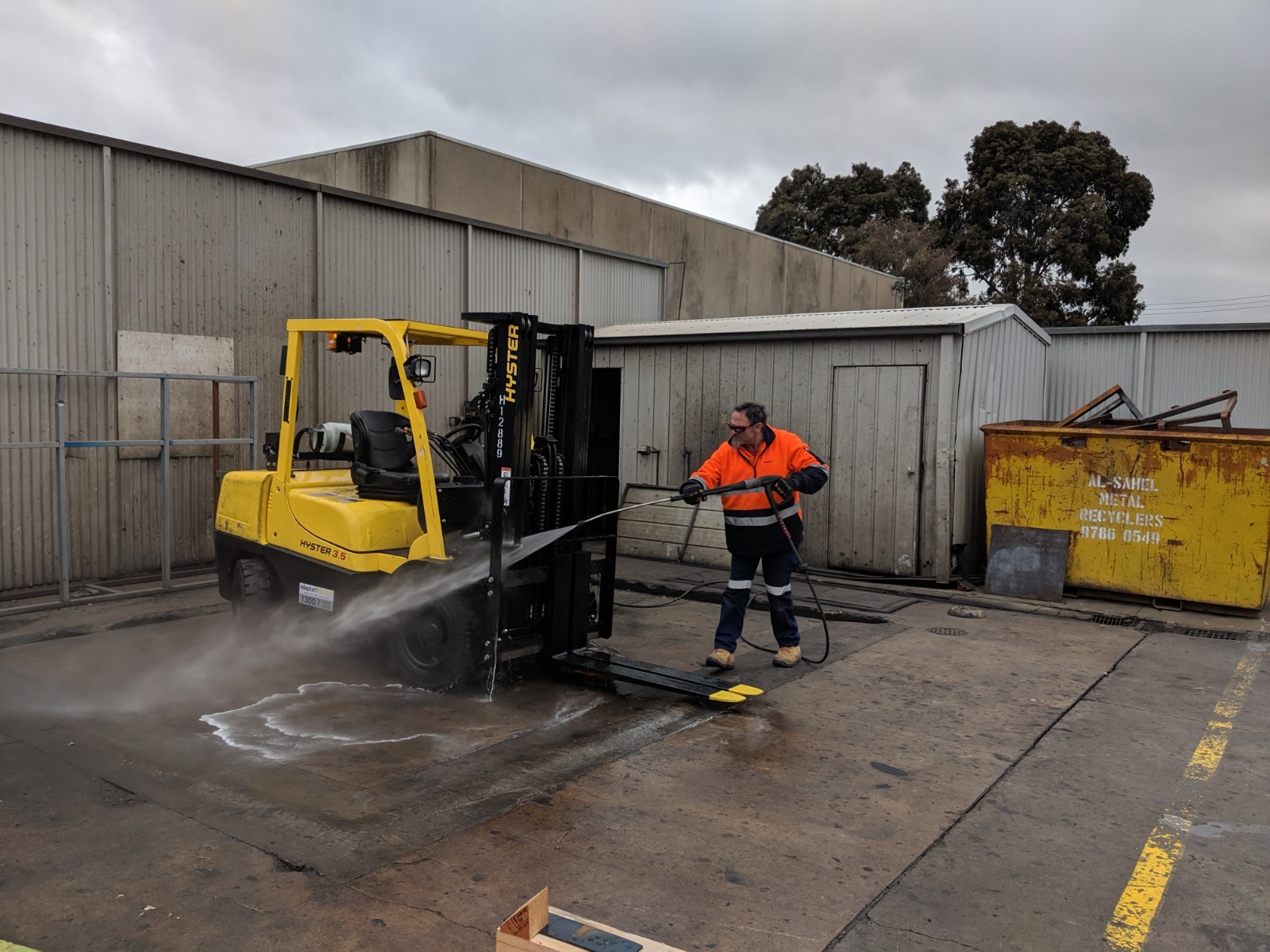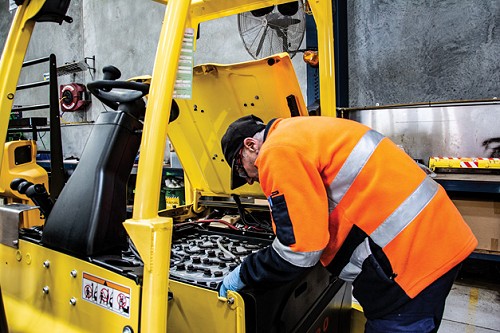Tips for Storing a Forklift Long-Term
With a number of businesses temporarily shut or operating at decreased capacity, the need or demand for forklift operations may have decreased or stopped entirely.
This week’s blog shares some tips for properly storing a forklift for extended periods of times such as during shutdowns, inclement weather or seasonal needs.
Following these tips will ensure your forklift is ready to return to operation when called upon, reducing the risk of unnecessary delays and costs of servicing or repairing the unit to ensure it is fit for use before returning to service.
1. Thoroughly Clean Forklift
It is imperative before storing your forklift long term to thoroughly clean the unit beforehand, as you don’t want mud or debris drying hard to your unit whilst in storage.
Cleaning the unit before storage will ensure that it is ready to begin operations when required without having to deal with any hardened gunk or debris.
This reduces the risk of any unnecessary downtime or costs incurred to repair or service the unit to get the unit back up to optimal operation.

2. Store in a Flat Dry Area
When selecting an area to store your forklift long-term the storage area should be flat and dry.
The area should be flat to ensure the unit isn’t able to accidentally roll or move during storage.
If the unit was to unexpectedly roll or move during storage it may result in one of the following consequences:
- Employee injury
- Product damage or loss
- Damage to warehouse or property
- Damage to capital equipment such as the forklift
A dry storage area is also imperative as any moisture on or under the forklift can potentially damage the unit’s electrical components, potentially resulting in expensive repairs and/or parts replacements being necessary before the unit can be operated again.
If the units is stored in an area that regularly becomes wet it can also be a hazard when the forklift is restarted the units tyres will be wet and may have less traction than the operator expected when beginning to be operated for the first time in a while.
3. Thoroughly Clean the Battery
It is recommended that a forklifts battery is thoroughly cleaned at least twice a year or every six months to remove any battery acid residue.
Whilst the unit is in storage and not being used it is the ideal time to consider thoroughly cleaning the units battery, that way ensuring the battery is clean and ready to go when the forklift resumes work after hiatus.
Batteries should also be disconnected when storing the forklift to ensure no there is no electrical discharge.

4. Keep up Regular Maintenance and Carry out Repairs
Similar to cleaning your battery whilst the unit is in storage, keeping up regular maintenance is also important.
Whilst the unit is not operating it is an ideal opportunity to conduct a thorough examination of the unit and all its components for wear and tear, particularly if the unit has been heavily used in the six months prior to going into storage.
Some common regular maintenance jobs completed may include:
- Anti-grease all exposed parts
- Cover any areas where moisture may enter the unit
- Lubricate all joints and points
- Check tyre pressure (including before returning to operation)
If there are any major problems found with the unit any necessary repairs can be completed whilst the unit is in storage to ensure it is ready for optimal operation when returning to normal operations.
5. Run the Unit Regularly
It is also imperative that the unit is run and put into an operational state once a week whilst in storage.
Doing this keeps all moving parts and electrical components from fusing out or developing rust due to inactivity.
To book a forklift service by one of our highly qualified technicians or for further information on how to properly store your forklift call our team on 13 22 54 or send us an email.